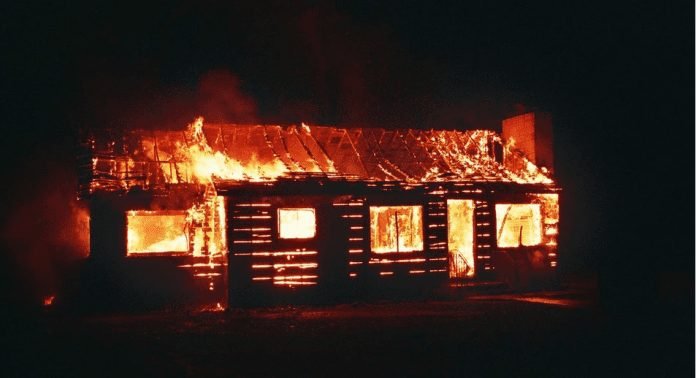Last Updated on October 18, 2022 by
In our day-to-day life, fire plays a vital role, directly and indirectly. Despite, sometimes due to a variety of causes they can be life threatening. This can cause property damage, and can prove harmful time human lives. This is why we must take precautions to avoid this type of disasters. But sometimes no matter how much prepared you are it can be really hard to prevent this situation. That is because of the category of fuel the fire is using. You can keep the issue under control by hiring experienced smoke damage restoration services. Before we dive into the categories of fires it is important to know the three things that need to make a fire, and those are heat, oxygen, and fuel. Now let’s dive in.
Table of Contents
Class A fire
This type of fire uses the most common type of fuel there is. Things like wood, paper, cloth, dry grass, plastics, etc. there is nothing special about this. Now since most of these things are available in homes there is always that chance of catching fire. In these cases, simple water is enough. Water absorbs the heat and causes the fire to go out.
Class B fire
Now, class B fires use liquids that are flammable like kerosene, gasoline, acetone, and any type of alcohol. Fires from gases like propane, methane, hydrogen etc. are included also. Now when this type of fuel ignites a fire, it can be very hard to separate the fuel from heat. Therefore, the best way is to take out the oxygen. Chemicals like ammonium phosphate and carbon dioxide can do the work to eliminate the fire.
Class C fire
This type of fire is mostly caused because of electrical malfunctions. The most common reason behind it is short-circuiting in the wiring system. Most house fires are a result of this. So we can say that is a lot frequent. We can control the fire spread simply by disconnecting the electrical line from the power source.
Class D Fire
Of all three, class D fire is unique, that is mostly because this category of fire uses metal as fuel. Metals such as Sodium, Potassium, Lithium, Magnesium, Aluminum Titanium etc. This serves as amazing fuel. Now the thing is that if a fire is ignited from these substances it escalates a lot quicker than most situations and it is literally impossible to put it put out with water, as a matter of fact, it may work as additional fuel. In this case, dry powder is most effective. However, fry chemical agents should only be used to extinguish Class D fire only and no other category.
Class K Fire
Fires caused by things like cooking oil, butter, animal fats etc. In short, things that are available in a kitchen. The best way to fight this is to use extinguishers with chemical agents.
Fire strikes without notice and it poses threat to lives when it takes place. Though there are ways to put it out it is best to take precautions like having extinguishers nearby all over the house, using wireless smoke detectors and installing sprinklers. In addition, we must spread awareness for others to be more careful and to be alert.
Read More: Home Maintenance Checklist: 8 Things to Do for Spring






















